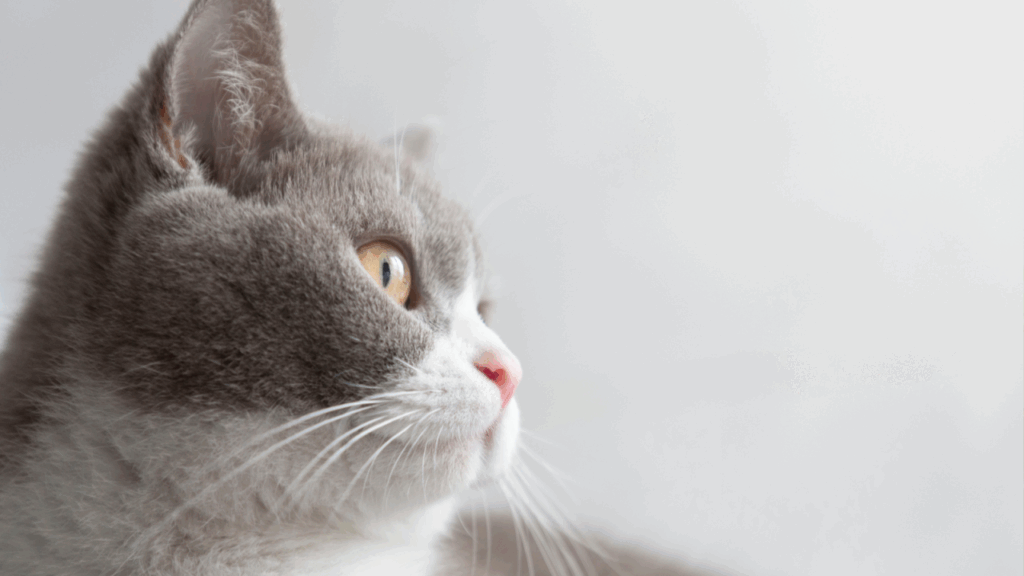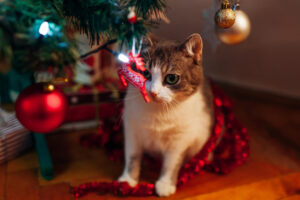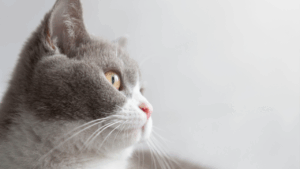When your cat starts acting differently around the litter box (straining, avoiding the box, or going more frequently), it’s often a sign of a cat urinary issue. While these symptoms might seem mild at first, they can point to infections, inflammation, or even dangerous blockages. At McMillin Animal Hospital, we take these changes seriously. One of the first and most important tools we use to get answers? Urinalysis. This simple test can reveal hidden issues so that our veterinarian can create a plan to relieve your cat’s discomfort quickly.
How to Know if a Cat is Having Urinary Issues
Early detection of urinary conditions in cats often depends on spotting subtle behavior changes. If you see any of the signs below, it’s time to schedule a visit with your veterinarian.
- Straining or crying in the litter box
- More frequent urination or no urination at all
- Urinating outside the litter box
- Blood in the urine
- Excessive licking of the genital area
- Sudden changes in appetite, mood, or grooming habits
Cats who can’t urinate at all (or are barely able to) are likely experiencing an emergency urinary blockage. Contact a vet immediately to get medical care.
What Causes Urinary Problems in Cats?
Several conditions can lead to feline urinary symptoms. Some are mild, while others require urgent care. Keep in mind that many conditions will cause the same or similar symptoms.
FLUTD (Feline Lower Urinary Tract Disease)
An umbrella term for urinary tract inflammation, crystals, infections, or related issues.
FIC (Feline Idiopathic Cystitis)
A cause of urinary discomfort due to bladder inflammation with no clear source. Stress is thought to play a major role.
Feline UTIs (Urinary Tract Infections)
More common in older females or cats with other medical conditions like diabetes. Feline UTIs can cause painful urination and other symptoms.
Crystals or Bladder Stones
Can irritate the bladder lining or block the urethra, which is especially dangerous in male cats who are more prone to blockages.
Urinary Obstructions in Cats
Life-threatening blockages are often caused by mucus, crystals, or inflammation. A feline urinary blockage requires immediate veterinary intervention.
Diagnosing and Treating Your Feline
To treat the issue correctly, a veterinarian will start with a physical exam and likely a urinalysis. This diagnostic test is used to gather key information about your cat’s urinary health in just a short time. A urinalysis can be used to detect crystal or stone formation, inflammation, infection, kidney function, and more.
Treatment for urinary conditions may include:
- Antibiotics
- Pain relief and anti-inflammatories
- IV fluid
- Catheterization
- Diets that support urinary health
- Hydration strategies
- Stress management tools
Even if the veterinarian cannot determine a specific cause of a urinary issue, they may start treating the symptoms. Getting your feline healthy again will be the number one priority.
Veterinary Treatment for Feline Urinary Conditions in Orting, WA
When your cat shows signs of urinary trouble, don’t wait it out. These issues can become serious quickly and the sooner your pet goes to the vet, the sooner the vet can bring them relief. McMillin Animal Hospital treats feline urinary problems in Orting and for cats from Puyallup, Sumner, Bonney Lake, and nearby areas. Contact us to schedule an appointment for your pet.





